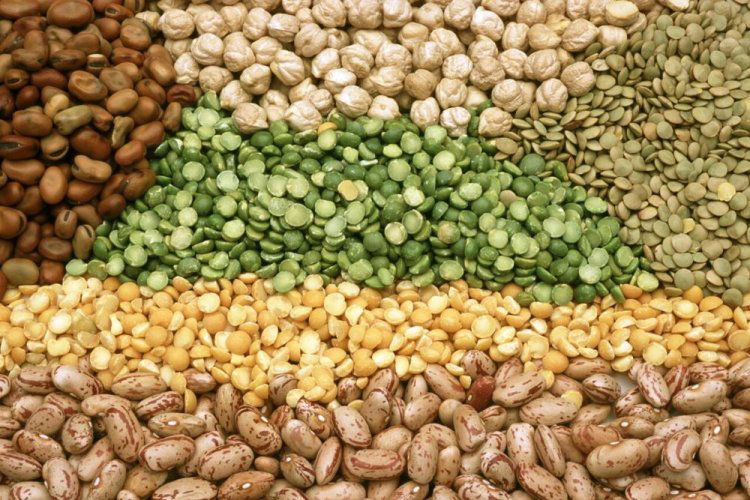
The pace of rainfall has slackened in the past few weeks, even as the season-to-date numbers have remained in surplus. The sowing of pulses and coarse cereals continues to lag while reservoir storage levels have climbed to historical highs.
New Delhi: The southwest monsoon showed signs of weakening during the week of July 31 to August 6, leading to below-normal rainfall across several key agricultural states. The slowdown has sparked concerns over the progress of kharif sowing, especially for pulses, which are heavily dependent on timely and sufficient rainfall.
According to data from the India Meteorological Department (IMD), large parts of Maharashtra, Madhya Pradesh, Gujarat, and Karnataka recorded significant rainfall deficits. The subdued monsoon activity has directly affected soil moisture levels, prompting delays in sowing operations across central and western India.
As of the latest available figures, sowing of pulses lags behind both the normal average and last year’s progress for this time of the season. Crops such as urad, moong, and tur dal are among the most affected. The delay has raised concerns about potential yield losses if adequate rainfall doesn’t resume soon.
While other kharif crops like cotton and coarse cereals are also showing slower planting progress in some belts, the shortfall is most pronounced in the pulses segment—already a fragile part of India’s food supply chain due to its import dependence and price sensitivity.
Looking ahead, the IMD has forecast a likely revival of monsoon activity in mid-August, which may help salvage the season. However, if the dry spell extends, experts warn of pressure on food inflation and increased government procurement challenges later this year.



